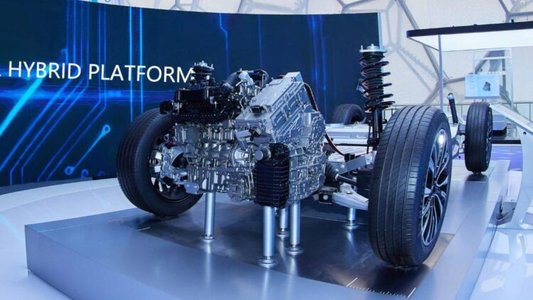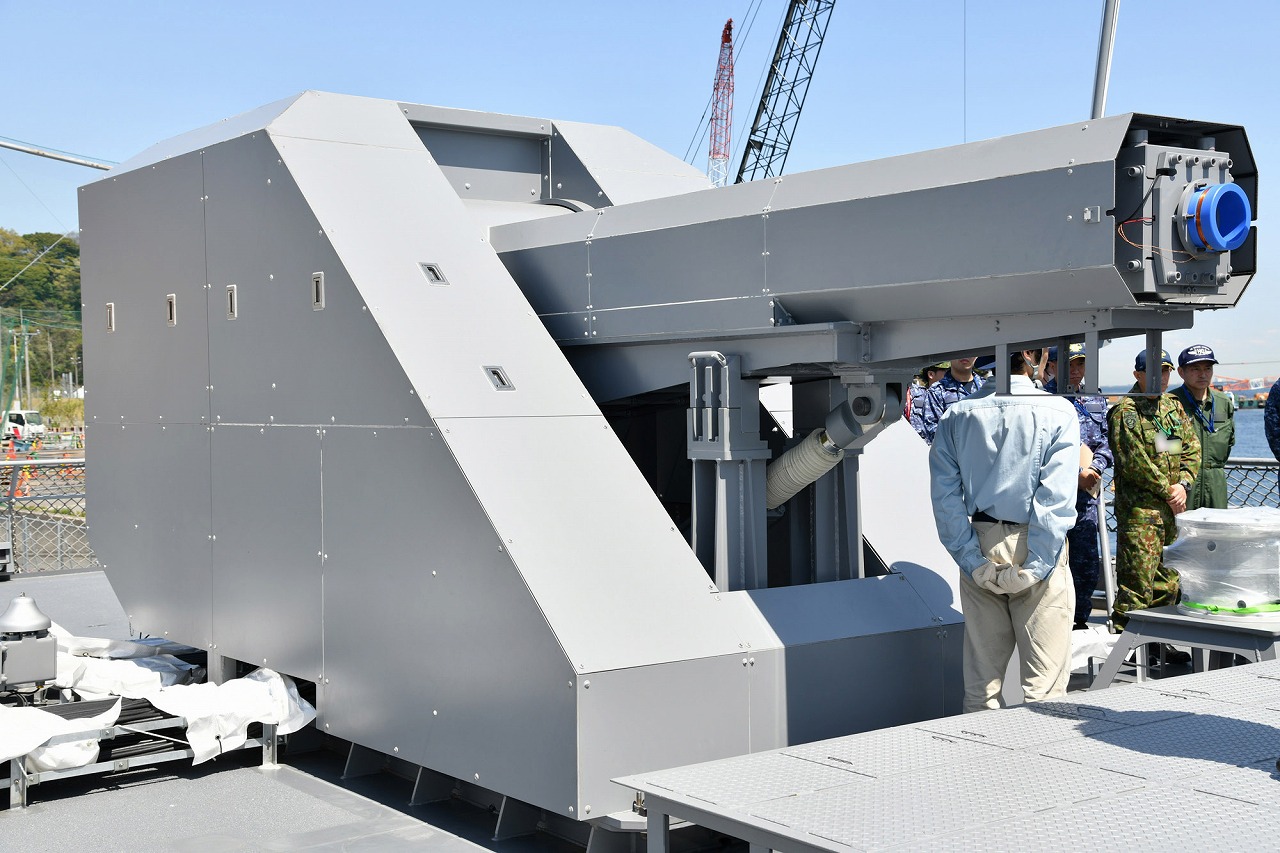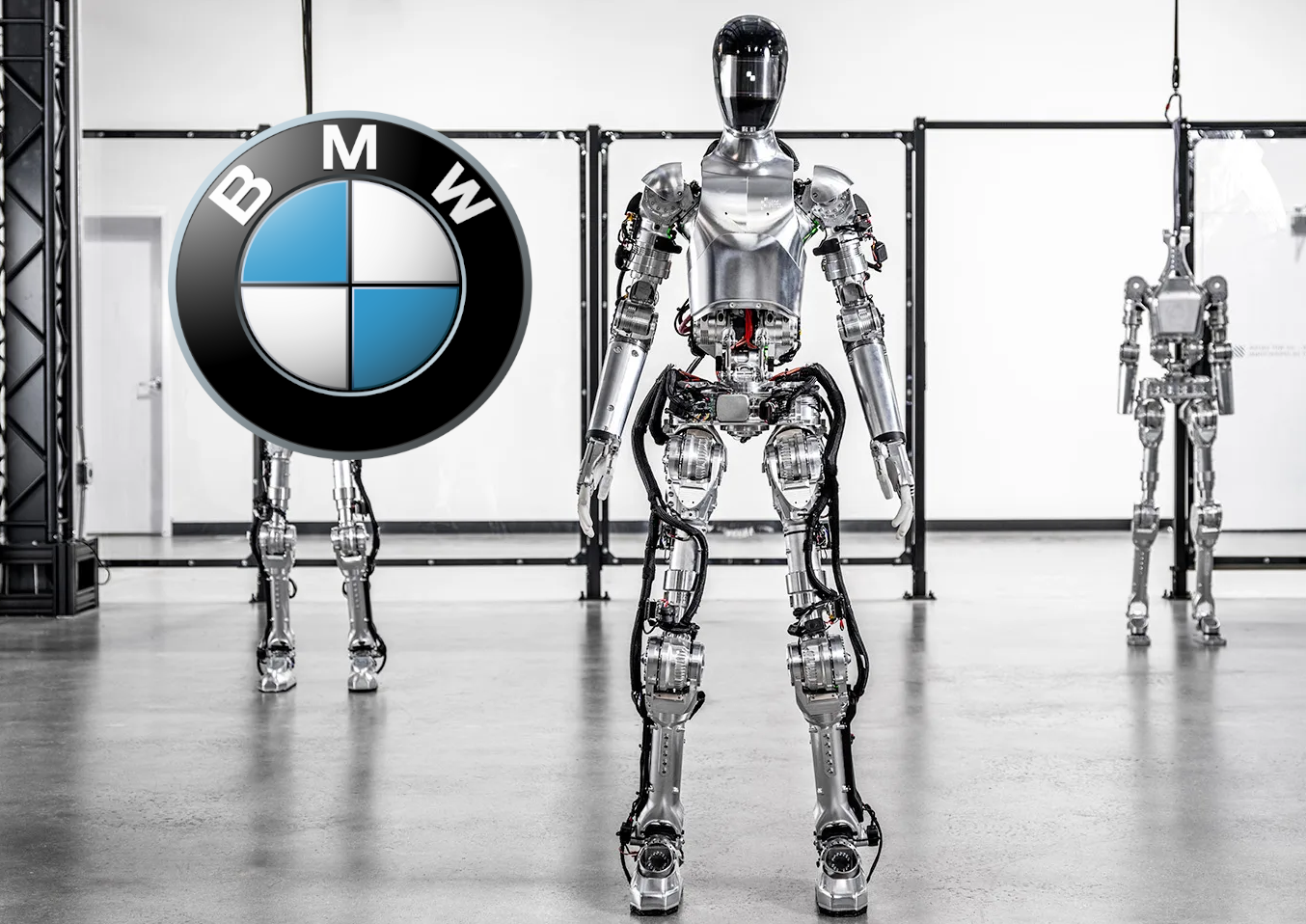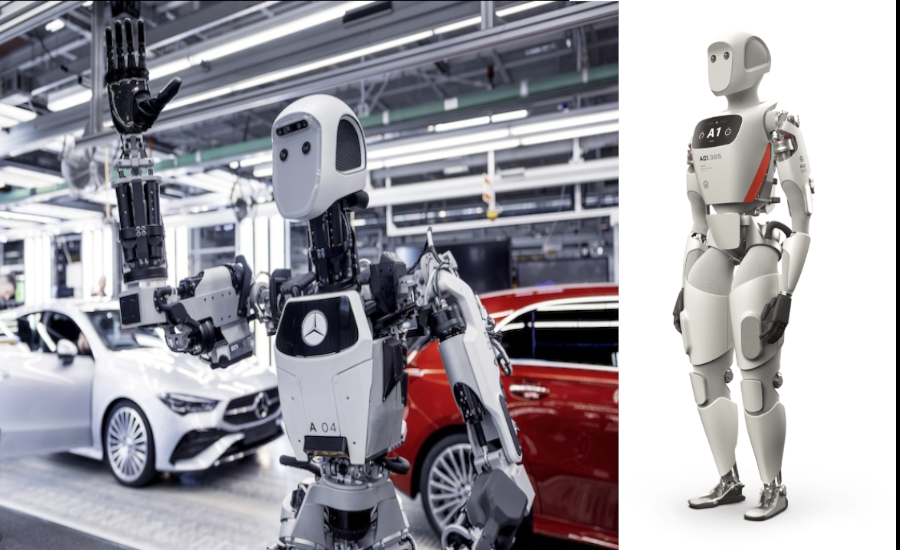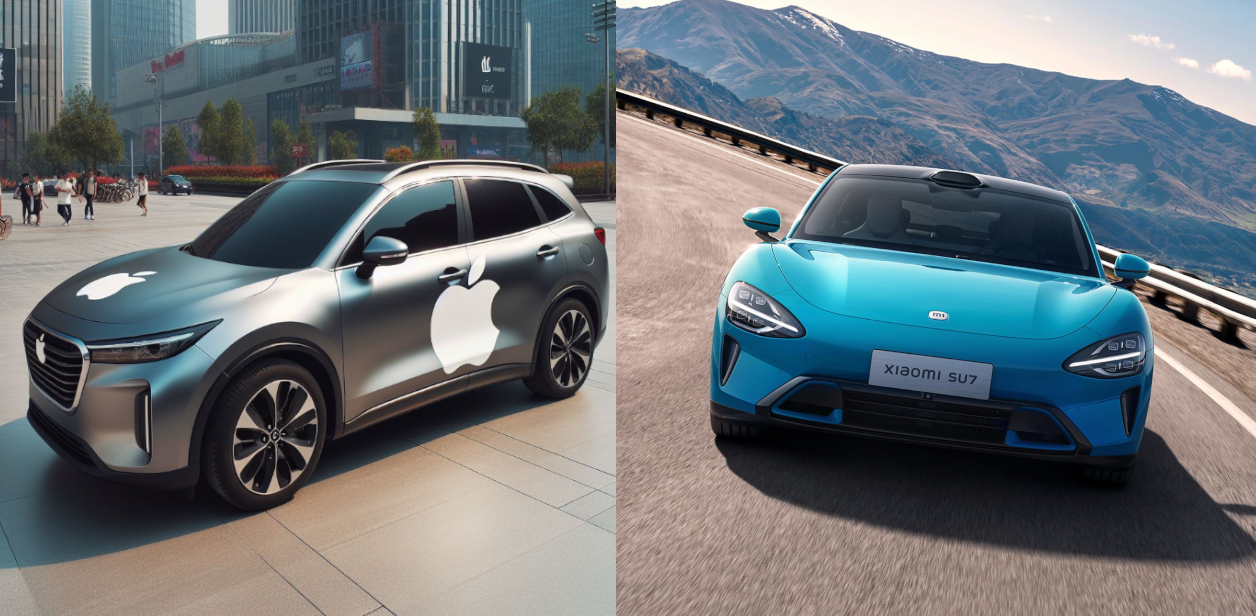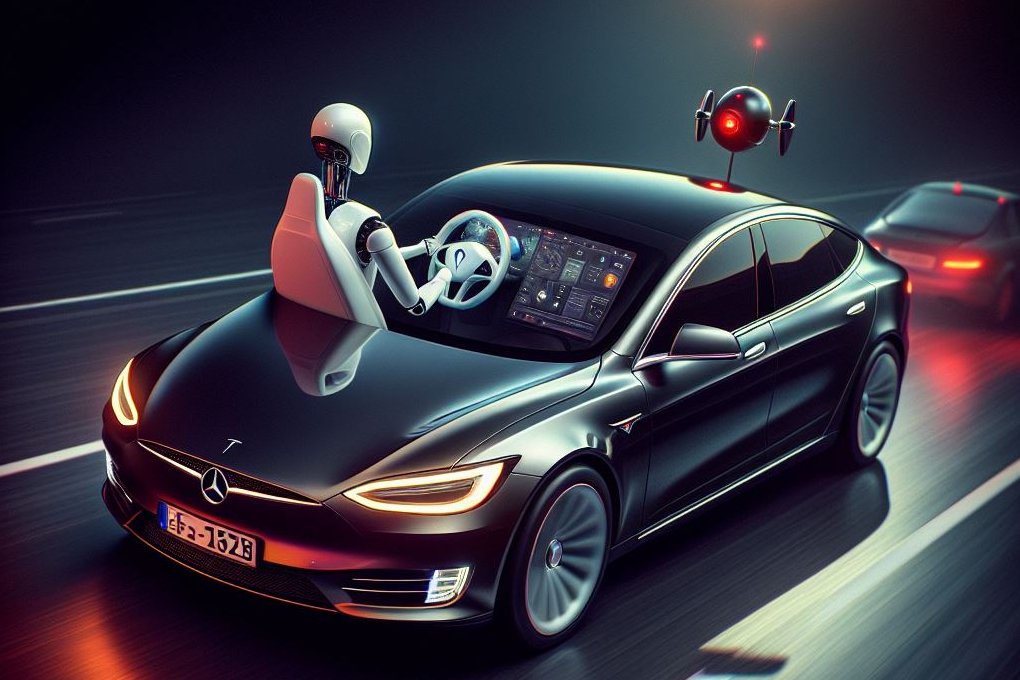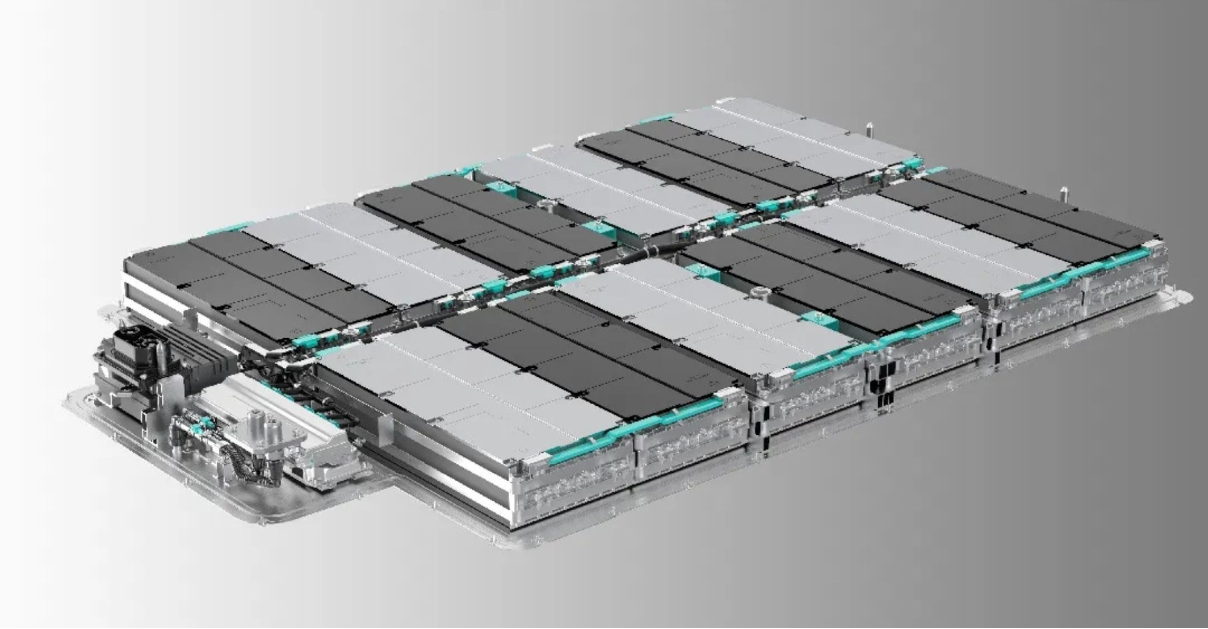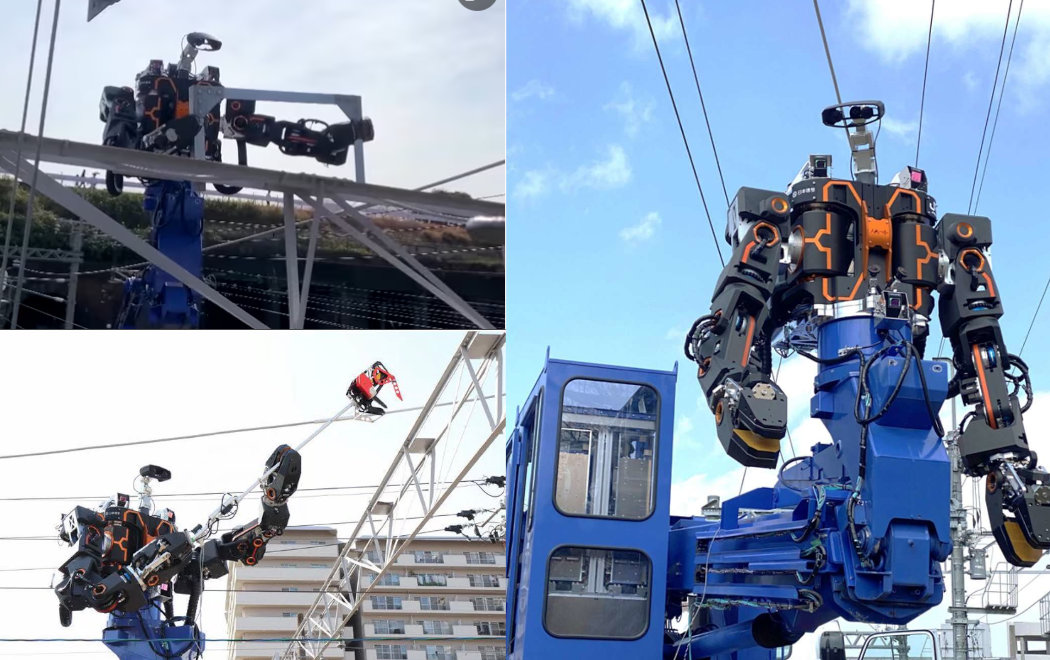Today, cars use either electric motors and batteries or internal combustion engines and fuel, or both. However, most of the energy generated by engines is used to overcome the frictional resistance of wheels on roads. Japan proposes a new solution: magnetic levitation, which lifts the car off the road and eliminates frictional resistance.
Researchers at the Quantum Machines Unit at the Okinawa Institute of Science and Technology have developed a track that provides car levitation at a low cost. It only needs power at the start to generate the magnetic field, keeping the cars a few centimeters above the track, allowing them to move without friction and with minimal energy consumption.
The researchers built a small-scale model of this track, similar to the magnetic levitation (maglev) trains that currently operate in countries like China and Japan, where superconducting electromagnets propel the trains. However, these trains require continuous electric power to stay levitated, as the magnetic field needs electricity to remain active.
The proposed track by the researchers requires power only to initiate the magnetic field, which continues to operate without continuous power thanks to the innovative materials and structure of the track. They used pulverized graphite mixed with wax to create a paste, and arranged several magnets in a grid underneath, forming a surface that generates a magnetic effect capable of levitating and continuing to work. Of course, the magnetic field will gradually weaken and will not last forever.
The researchers built a small experimental prototype with weak magnetism. It must be tested on a larger scale to verify its ability to lift heavy objects like cars. They also need to find a way to reduce the degradation of the magnetic field generated after cutting off the electric power.
Magnetic levitation has proven its benefit in trains. If we can overcome these obstacles and generate a permanent magnetic field with minimal energy, the streets of the future may become magnets, eliminating the need for wheels and engines.
